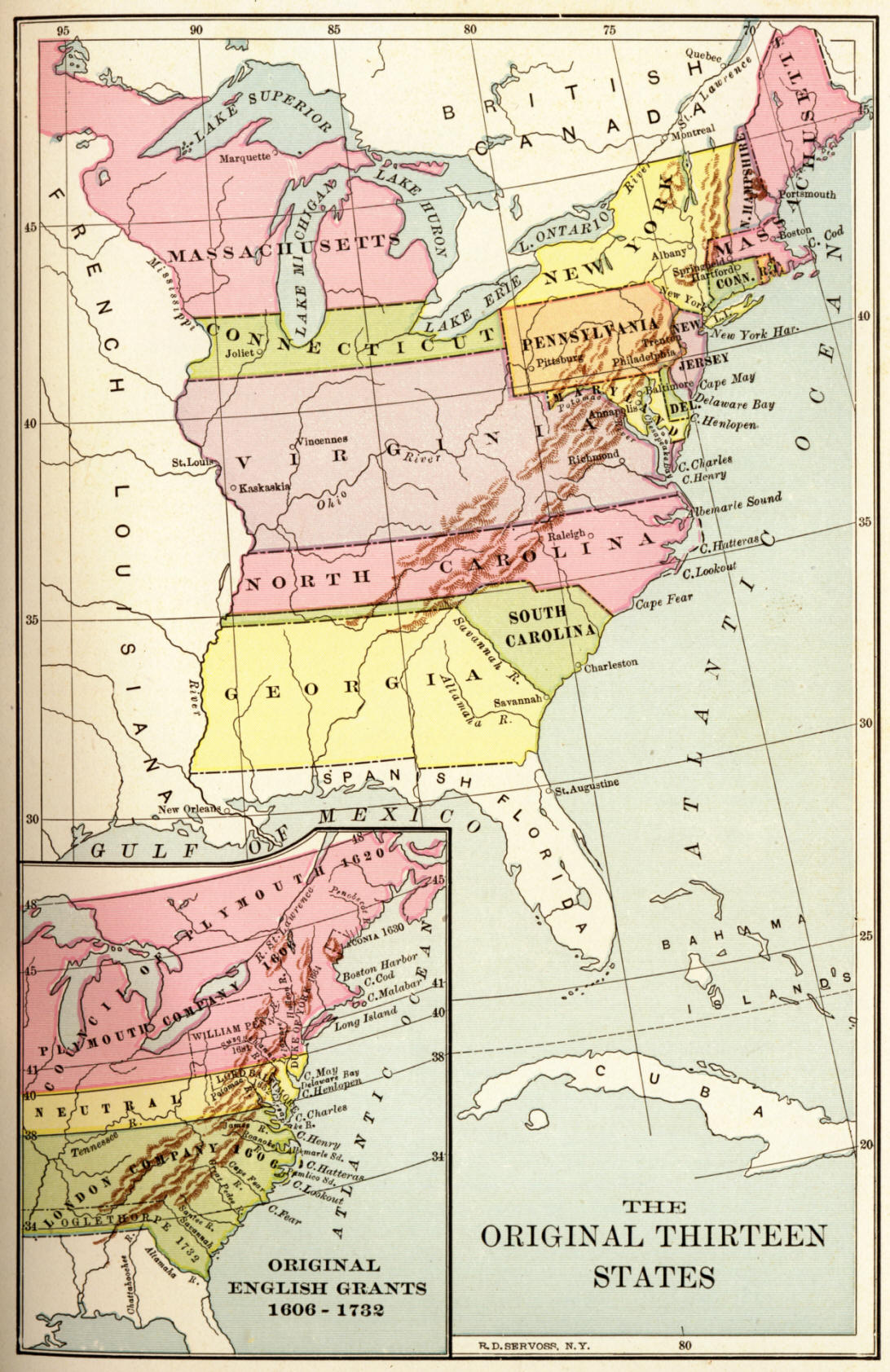
I feel I should explain the central argument of my previous post [1]. Because the US Constitution was developed and implemented in an atmosphere of perceived social anarchy, I maintain that the powers granted to the federal government reveal an overreaction to short-term and inevitable adjustments to independence. The fear of political implosion allowed for a hasty centralization of the means of coercion without a realistic mode of restraining that power. In this installment, I wish to discuss the role of identity in post-colonial America and the problems it created for federalist theory.
To begin, it must be conceded that the American colonies were ill-prepared for self-rule. While this has stirred many a romantic sentiment for the daring and genius of the founding generation, the identity-crisis that followed independence was responsible for much of the instability of the Articles of Confederation. This is because the only real uniting factor among American colonists was their pride in being British. Much of the early contests with Parliament and initial military confrontations with the British army were justified in terms of standing up for British civil rights. Ironically, the Declaration of Independence and the hasty formation of thirteen sovereign states helped to destroy this unity.
First, the problem with overthrowing a central authority—regardless of the justification—is that it sets a precedent for resisting any new authority structure that rises in its stead. There are always winners and losers when it comes to the establishment of a new government [2]. Almost immediately, the new masters have made enemies of those who benefited from the old. Moreover, those who stand to gain from the new regime frequently offer only lukewarm support—hedging their bets in case the former returns.
Second, with the general social fabric of colonial society shattered into thirteen separate parts, individual and group identities were forced to reconstitute themselves on the local level. Colonists went from being subjects of a single British identity to citizens of South Carolina, Georgia, Massachusetts, etc. Adding to this was the fact that northern and southern states had divergent economic and cultural interests. The social organization of the former tended to center on trade and manufacturing. The latter was organized around agriculture and cheap slave labor. These regional differences created drastically different views on the role of a central government in foreign and domestic affairs.
In sociological terms, the sudden break-down of authority and social identity created an atmosphere of incipient group-information [3]. That is to say, an “us” versus “them” mentality began to develop in each state even before the Revolutionary War ended. State governments and their citizens were drawn closer to one another through their shared experiences during the war and their dealings with other states. In such a context, the physical and psychological separation of each political community—due in large part to the slow travel and communications technologies of the time—allowed state interests to become disassociated from those of the general. As Edmund Morgan writes in his book, The Birth Of The Republic, esteem for the state governments
and a corresponding distrust of the central government was rising all over the country […] as Congress groped its way down the uncharted paths of national government, the state governments were entrenching themselves behind a growing body of legislation. They were in fact so jealous of their new strength that when Congress finally finished tinkering with [the Articles of Confederation] on November 17, 1777, and presented it to them, they were not at all eager to ratify it [4].
Thus, the Treaty of Paris essentially granted independence to thirteen proto-nations that had quickly developed individual narratives for why the Revolution had been fought [5]. This made for a highly unstable and mutually-suspicious political environment not unlike Renaissance Italy or 18th century Europe [6, 7]. In such a context, the best a central authority could do would be to prevent interstate relations from degenerating into armed conflict or economic warfare. Even within the states themselves, the newness of their authority made it almost inevitable that violent challenges to the new order would occur.
What the Articles of Confederation accomplished was to weather the inevitable growing pains of an ill-conceived independence without degenerating into military dictatorship. It is difficult to believe that the Federal government that replaced it could have done any better. For just two administrations into its existence, threats of secession and foreign conflict prompted the federal government to pass the Alien and Sedition Acts, legislation that teetered dangerously close to authoritarianism.
It could be argued that, with the violence and instability ebbing, the initial call for amending the Articles was far more prudent than throwing out the entire system. Having used only limited and fairly legitimate force (state militias) to establish the authority of the new system, the basic principles of federalism could have been incorporated into existing mechanisms. In my next post, I will discuss how the federalist theory of checks and balances in the new constitution failed to grasp the dynamics of post-war American identity, and undermined the legitimacy of the new system.
Tuesday, June 2, 2009
The Federalist Dilemma part 1: post-Revolution identity
Subscribe to:
Post Comments (Atom)

No comments:
Post a Comment